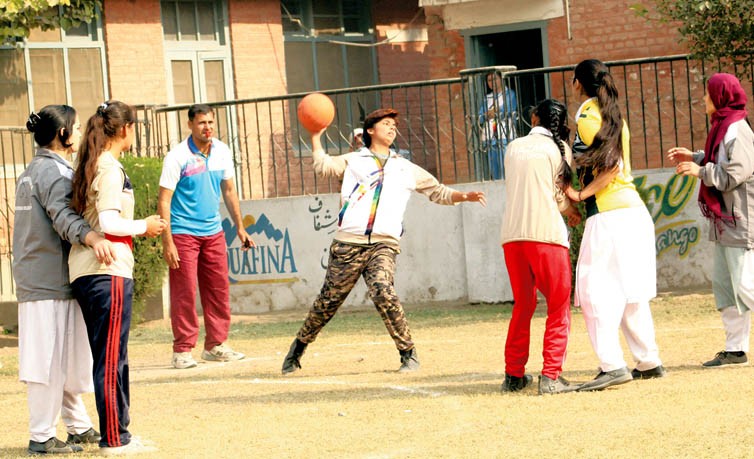
There is an immediate requirement to revamp the physical education syllabus, build the capacity of physical education teachers and upgrade the existing sports facilities in government institutions

Competitive sports in Pakistan have reached the lowest ebb in the country. Our performance in Hockey World Cup in India and Test series against New Zealand side are just a few examples of the poor state of affairs.
What is wrong with a country which is the 33rd largest in the world spanning over 881,913 square km, with a population of over twenty million! We can’t produce a single Olympic gold medallist. We get defeated by teams like Belgium. We are unable to show any spine in Test cricket, when it comes to fourth innings against any formidable bowling attack.
In such a situation, media houses bash federations, sports boards and associations and demand resignations from officials. As a result, the team captains, managers and coaches are changed. The new management demands more facilities and finances from the government, but the results instead of improving get worse.
Those at the helm of affairs link the sports performance of the country directly with the lack of facilities, which is true to a great extent. But there are other reasons as well. The biggest of them is the lack of physical fitness culture, due to poor physical education methods taught and practised in our education institutions.
The physical education teachers in Pakistan undergo an outdated education programme. A couple of years ago, Dr Tibor and his team of physical education experts from Semmelweis University of Hungary visited NUST. They concluded that the standard of physical education and sport sciences in Pakistan is much lower than what is desired at the international level. The experts were also of the opinion that there is no shortcut except introducing latest physical education and sports sciences programmes in Pakistan’s universities and building the capacity of physical education teachers, coaches, training institutes and bodies responsible for developing physically fit athletes.
The importance of physical education in the West can be ascertained from the fact that in July 2006, most school districts in the United States were required by Congress to have a local school wellness policy. It focussed on nutrition education, physical activities, and availability of all foods on campus.
The 1990 Surgeon General’s Report in USA guidelines for school and community programmes to promote life-long physical activity among young people from the Centres for Disease (CDC) emphasised the need for daily physical education, from grades K-12.
The CDC developed a well-coordinated school health programme with eight components: health education, physical education, health services, nutrition services, staff health promotion, counselling and psychological services, healthy school environment and parent and community involvement.
We are a developing nation that has lots of issues to address and very little fiscal space to accommodate physical education.
The cabinet of Prime Minister has many competent people such as Education Minister Shafqat Mehmood and Zubaida Jalal, who served as Education Minister in General Pervez Musharraf’s cabinet from 2002 to 2007.
Our education policy makers think that more time is needed for academics to achieve high grades. But several studies are available that show that more time spent in physical education does not lower standardised test scores (Sallis Mekenzie, Kolody, Lewis, Marhsal - 1999).
Furthermore, extra time spent in academics and tuitions does not necessarily enhance test scores or grades (Berliner 1990).
There is also evidence that physical education and recess may enhance academic performance and classroom behaviour of children.
The integration of physical education means the development of a child in a holistic manner. They get opportunities to develop their motor skills and life skills through sports and later take up professional sports or use the attained skills in their day-to-day lifestyle.
The scarcity of playing areas is another cliché that needs to be addressed. The fact of the matter is that there is enough playing spaces available in government schools in both rural and urban areas. The private schools established in residential areas are hardly 15 percent in number and I am quite optimistic that if government commits itself seriously to promoting sports and physical education, a large number of students will shift to government schools and colleges.
There is an immediate requirement to revamp the physical education syllabus, build the capacity of physical education teachers and upgrade the existing sports facilities in government institutions.
Pakistan has tremendous talent in sports. It is the lack of method and opportunities that hinder their development in this area. If we can take sports back to education institutions, there is no reason why we can’t develop educated athletes like Majid Khan, Zaheer Abbas, Waseem Bari, Saeed Anwar and hockey stars like Samiullah and Hassan Sardar once again.